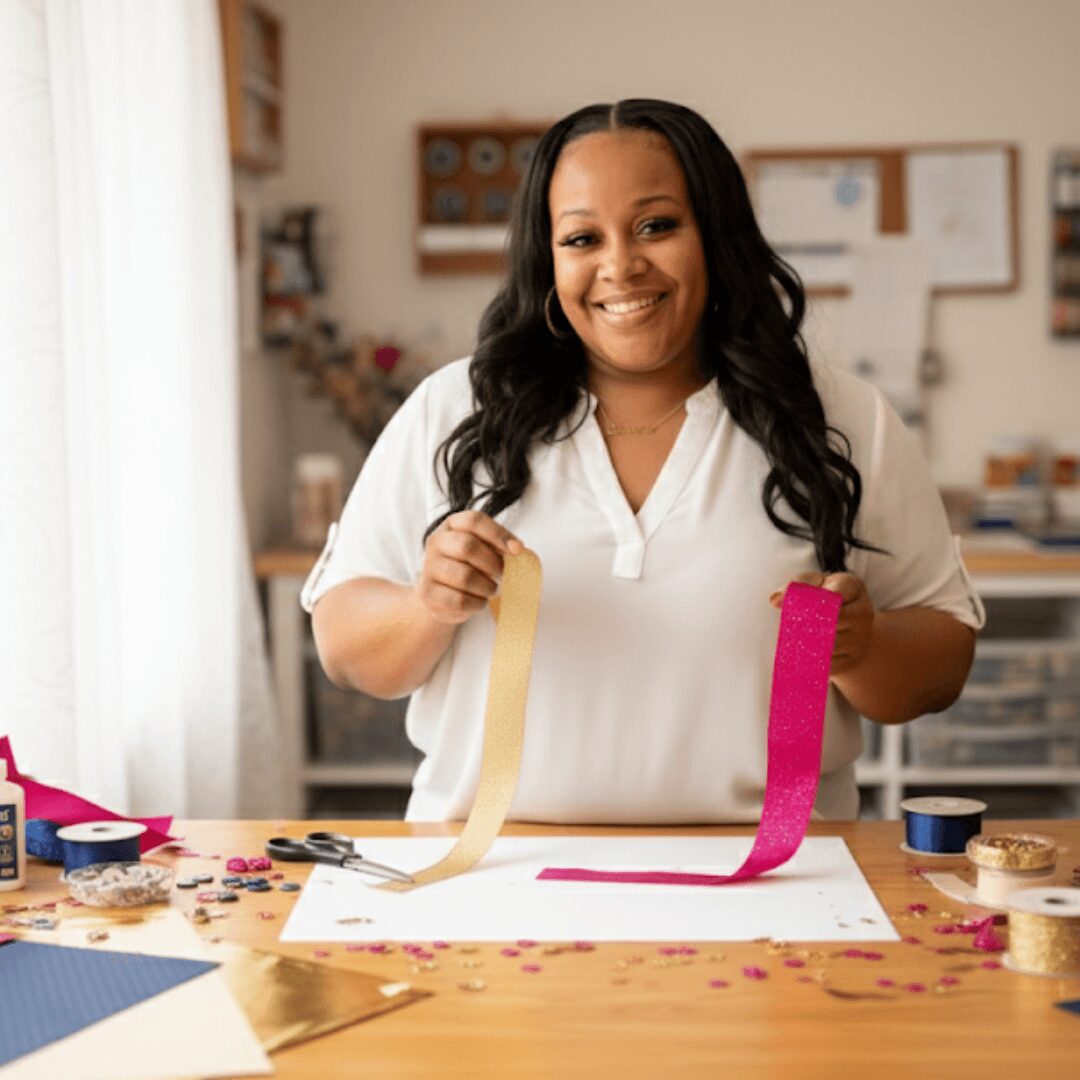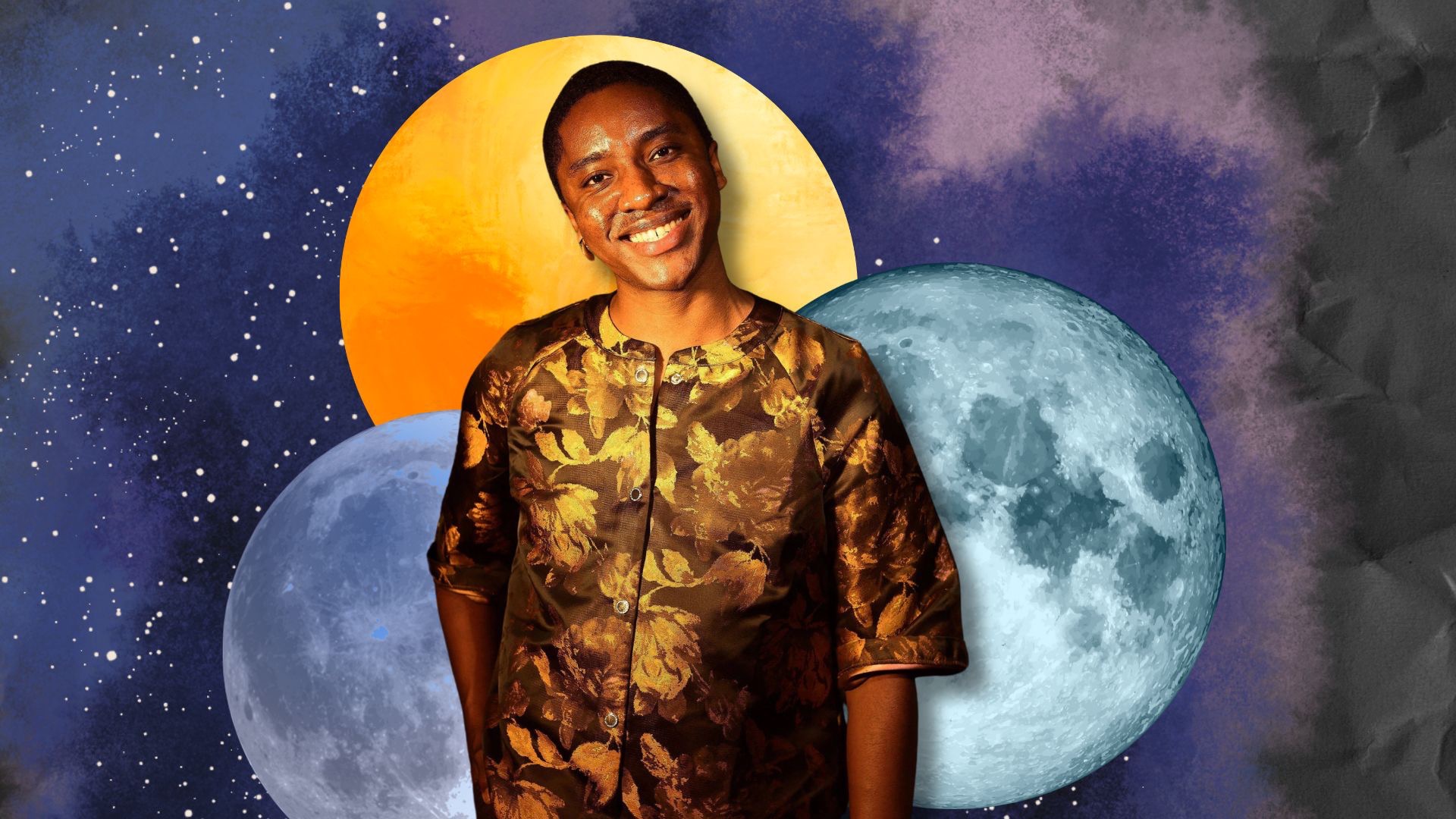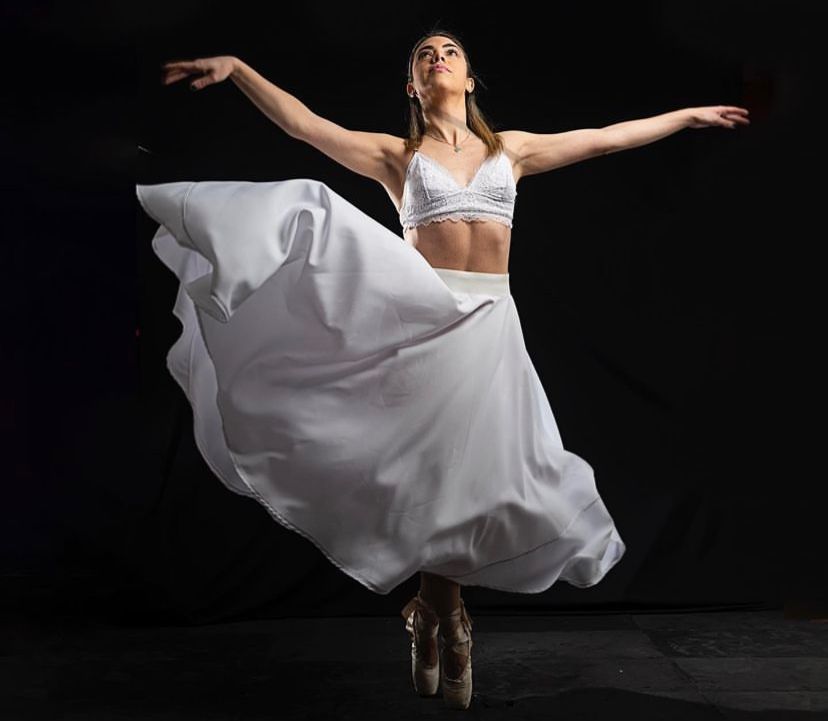Alright – so today we’ve got the honor of introducing you to Kristin Lee Geiger. We think you’ll enjoy our conversation, we’ve shared it below.
Hi Kristin Lee, thank you so much for opening up with us about some important, but sometimes personal topics. One that really matters to us is overcoming Imposter Syndrome because we’ve seen how so many people are held back in life because of this and so we’d really appreciate hearing about how you overcame Imposter Syndrome.
What a good place to start! Imposter syndrome is something SO many of us deal with! As much as we might value a fancy degree, certificate, or even praise that suggests we’re an “expert” at something, putting all of that knowledge into practice in the real world or turning it into a saleable product is such a different thing. It takes time. It takes guts, too! Showing up to do something you’re not 100% sure you’re capable of just yet…but then doing it anyway…with the distinct possibility that you very well might make a mistake or look foolish in the process, can be a little daunting. Actually, that’s me sugar coating it. It can be downright terrifying! The only thing that seems to quell those nerves and doubts for me is experience. It’s showing up and going through the process – best foot forward or not – over and over again. Sometimes you get it right. Sometimes you don’t. BUT…wading through all of those trials and tribulations while you hone your craft – and learning to trust yourself and your observations along the way – is exactly what turns you into the expert you’ve always known you can be.
To put things in perspective, my “cure” for imposter syndrome has taken 9 years, 3 certifications, countless entrepreneurial endeavors, 4000+ teaching hours, and at least triple that many hours of work and continued learning behind the scenes. Each time I showed up to play, I got a little better at what I was doing. Each time I learned something, I got a little more confident in what I knew and a little less worried about what I didn’t. If something didn’t feel quite right, I’d dig into it until it did. Now, I can at least look back and recognize that, yes, I’ve more than put in the time, blood, literal sweat, and tears that enables me to be good at what I do today. I still get nervous on occasion or when I’m doing something new, but a lot of that initial performance anxiety (if we can call imposter syndrome what it really is) that I had around teaching has receded. I guess that’s kind of me settling into my own skin as a professional? Even so, I’m not sure imposter syndrome ever truly goes away! I swear, the minute you get comfortable in what you’re doing is the exact same minute you realize it’s time to raise the bar again 😉
Great, so let’s take a few minutes and cover your story. What should folks know about you and what you do?
Sure! The most direct answer is that I teach yoga and movement with a pretty big emphasis on both functional strength and mindfulness. I’ve been at it for 9 years now! In that time, I’ve learned that I’m most invigorated by breaking exercise down into really manageable, digestible chunks that, when added together, lead to moving with a lot more freedom and sophistication than ever before. My approach usually starts with tackling the question of, “What’s the bottom line of what we’re trying to accomplish here?” and is then followed by, “Ok, how can we make that happen most effectively for every single person in this room?” Then I ask myself the question of, “How are these movements we choose today going to help everyone be successful for all of their years to come in their own way?” Or, if I’m working with someone in a one-on-one setting, the question might be: “How do we create a solve for every challenge that comes up or remove some of the barriers that might be holding them back so their path to success can be more free-flowing?” More often than not, I’m usually throwing the rule book – whatever that is – out the window! It’s so easy to think of exercise as this big, hard, regimented thing we have to do the “right” way if we’re going to see results. The truth of the matter is there’s an infinite number of ways to move! How can there possibly be one “right” way? Whether it’s inside FLOFICIENT (my online exercise program) or in the flesh, helping everyone I work with find their “right” way is why I get out of bed. It makes exercise is SO much more fun! I also find it to be a much more effective workout strategy because movement then gets to serve a broader, more meaningful purpose: your existential happiness on this earth. Talk about a worthwhile endeavor! I’ll gladly hold plank for that aim. So, if you ever want to work out with me sometime….now you know what you’re in for! 😉
If you had to pick three qualities that are most important to develop, which three would you say matter most?
Oh, boy! This is a tough one. To give you a sneak preview on what’s coming in the next question, emotional intelligence is probably at the top of the list. It’s really tough to teach mind-body exercise effectively and invite others to openly explore their own ability to move without it. We don’t seem to talk about it much, but what I’ve discovered over the years is that exercise makes all of us feel a little bit vulnerable sometimes. It tends to expose our insecurities and pain points when we least expect it. I, as a human being, have to be a safe space for that when I walk into a room. That means my own emotions can’t cloud those of anyone else or their experience in our time together. It also means I have to manage the intersecting emotions of a body of people, moment to moment, to make sure everyone gets the support they need. That’s usually a function of me reading body language and facial inflections with the same keen eye that you might use to interpret a legal document, which brings me to our next impactful quality or skill: observation. That’s all teaching really is! It’s noticing what’s going on in front of you and then taking constructive actions that align with what you see. Last but not least – the string that ties this all together – is self-trust. You could also call it believing your instincts, following your intuition, or going with your gut. It’s all the same! In order to observe, act on what you see, and be sensitive to both your own emotions and the ones of those around you, you have to have a little faith in what both your eyes and internal voice are trying to tell you. Second guessing is a recipe for a tailspin. Or at least, it certainly is me! Keep in mind, none of this comes easy! It takes time, patience, a little experimentation, and plenty of room – especially in the beginning – for humility and error. I don’t think I really had any of these skills when I started teaching yoga, nor did I know I was going to need them. I was under the impression that my responsibilities began and ended with stringing a few poses together on a Saturday morning. Not so! Luckily, a lot has changed since those early days. Figuring it out on the fly has been invaluable. I promise that if I – the girl who had zero proficiency in these three departments – could learn and then excel, you’re already a few cushy steps ahead!
What would you advise – going all in on your strengths or investing on areas where you aren’t as strong to be more well-rounded?
Ha, welcome to the story of my life! There was a time I certainly believed that leaning into my strengths – and only my strengths – was the right way to go. That’s all I ever did. The advantage of operating like that is that you get even better at things you’re already good at really fast. It comes easy. You garner respect among piers. It’s a very linear path. It’s also a pretty safe one. If you only stick to the things you’re good at, you never have to fail or face your fears. It seems like the no-brainer way to go! However, I’d tell you now – very much from experience – that only focusing on your strengths leaves so much of your own potential on the table. It limits the ways you get to grow. It also ignores so many other wonderful facets of your existence. Sure, that approach very well might make you successful by conventional standards, but no matter how great, that success in no way guarantees one very important thing: your happiness. That unmatched joy we all constantly chase comes from something different: pursuing your passion. The heart wants what it wants, as they say! We can’t change it; trying is futile. The paradox is that, more often than not, our strengths and our passions don’t always fall neatly into the same category. So, if we want to enjoy a life where we go after the things that fill us up – and do so without any regrets – we have to roll up our sleeves and dig into that very uncomfortable world that is our weaknesses. Here’s the ruse though: our greatest weaknesses, if we work at them, usually turn out to be our biggest strengths. We just don’t know it yet! How could we if we never give ourselves a chance to try?! So, in a weird, full-circle kind of way, only focusing on your existing strengths is essentially like cutting yourself off at the foot before you can even start pedaling. What’s MORE helpful is to see your strengths for what they really are: measurable proof of how much capability lies within you. If you can be THAT good or THAT strong in one area, just imagine all the other amazing things you could accomplish by turning even one tiny little weakness into a secret weapon of an asset.
In the event you don’t believe me quite yet, I’ll wrap this up by giving you an example of how something I used to struggle with at beyond-embarrassing levels became a skill I now value as a working strength. A long time ago, I was in a budding relationship where spilling my guts had reached the point of necessity. All I had to do was tell someone how I felt. No big deal! So, palms sweating, I opened my mouth. Nothing came out. Baffled, I tried again. Still nothing. The whole “cat got your tongue” idiom doesn’t even come close. The words were just stuck. I then choked, panicked, essentially blacked out, and looked for the closest available hole to go crawl into and die. That moment was me discovering for the first time – in vividly agonizing detail – that I was indeed pretty terrible at verbalizing real emotions. The fact that I can even talk about it now – I hope – is an indication of what I’ve worked really hard to do every single day since then: be as open and forthcoming of a book as I possibly can. Am I making any progress?! I guess you’ll have to decide for me. Moral of the story: I’d be far worse off today if my reaction to that internal cringe-fest of a shortcoming had been, “Yeah, no. I’m good where I’m at. I’m just going to gloss over this regrettable flaw and go all in on my strengths.”
Contact Info:
- Website: https://kristinleegeiger.com
- Instagram: @kristinleegeiger
- Linkedin: https://www.linkedin.com/in/kristin-lee-geiger-56858131/
- Youtube: @kristinleegeiger
- Other: My online exercise platform: https://app.floficient.com






Image Credits
Myself / Cathleen McGrath




